Yoga Mat Guide
A yoga mat is the heart and foundation of your yoga practice. For that reason, it is important to buy a yoga mat which suits best your type of practice and also takes into account your individual needs. After all, your mat will accompany you in every session, at home, in a studio, outdoors or even on your travels.
Myga yoga mats vary in material, thickness, composition, size, surface texture, "stickiness" or grip, design and weight, as well as price. You will find a large selection of high-quality yoga mats in our range, all tested and reviewed by yoga teachers and experienced yoga practitioners.
Our yoga guide helps you select from a wealth of possibilities, empowering you to discover the perfect mat of your practice and goal.
Materials
Myga's yoga mats are designed to meet various needs and preferences, blending the advantages of synthetic and natural materials for a balanced practice. Most feature dual-sided construction with cork and rubber layers, providing excellent grip and insulation.
-
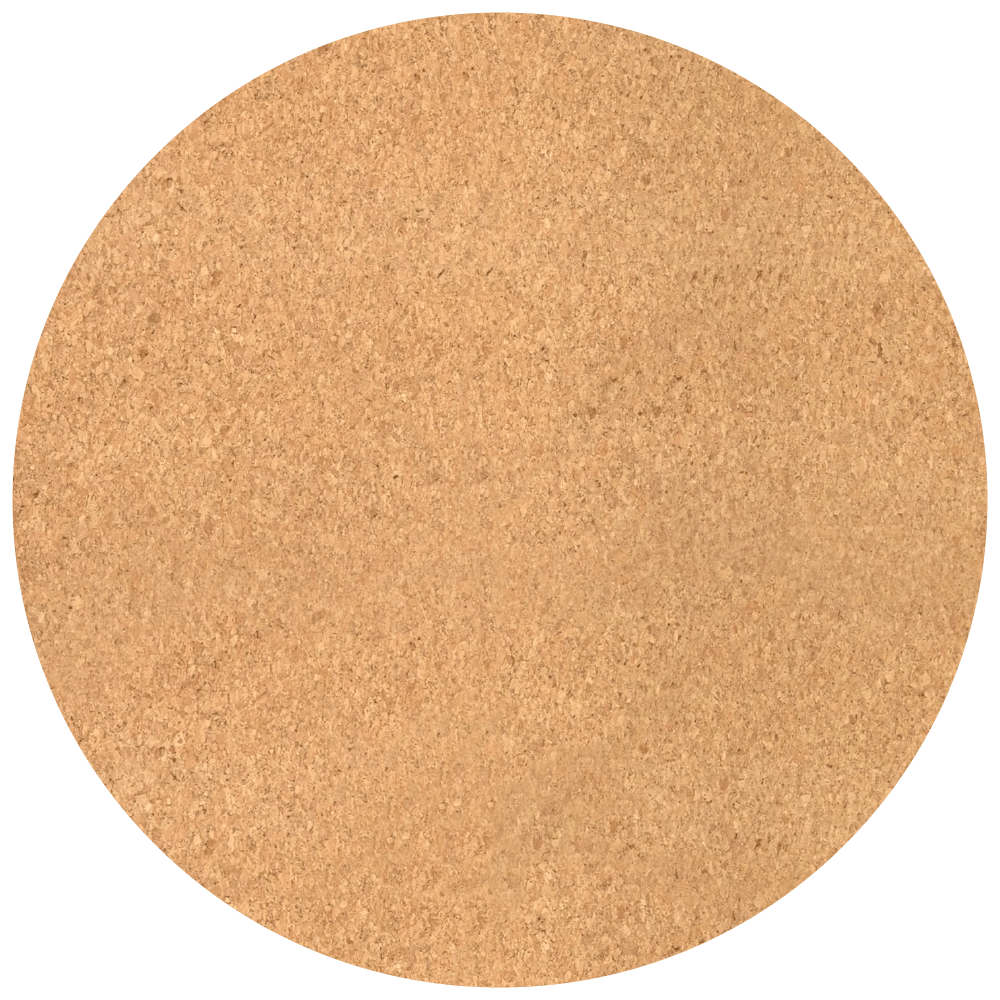
Cork
Cork is the bark of oak trees and is therefor a light natural product, particularly suitable for a very sweaty practice, due to its high moisture absorption capacity. Consider this property even if you reside in a place with high moisture level.
-
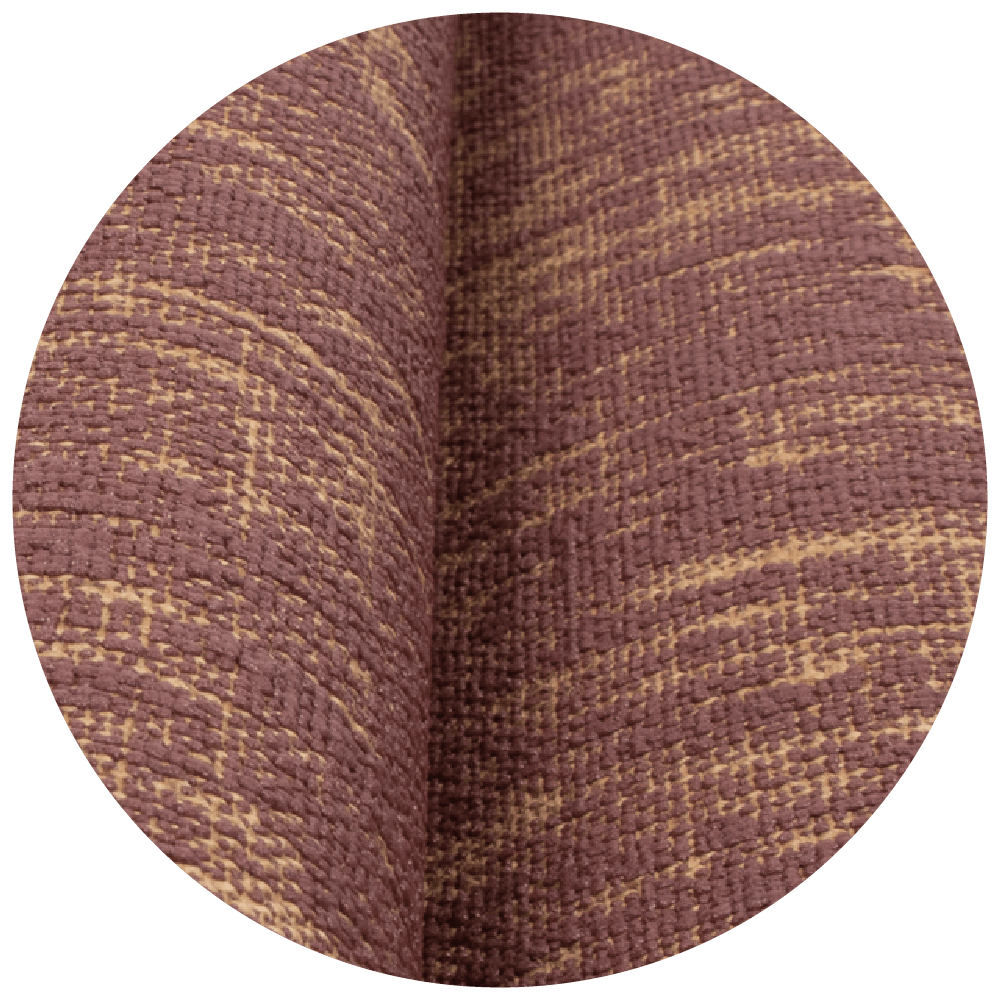
Jute
Jute is a natural fibre of the jute plant and is therefore completely biodegradable, lightweight and great at absorbing sweat. It feels a bit rough at the beginning but the natural fibre will eventually break in and become softer with use.
-
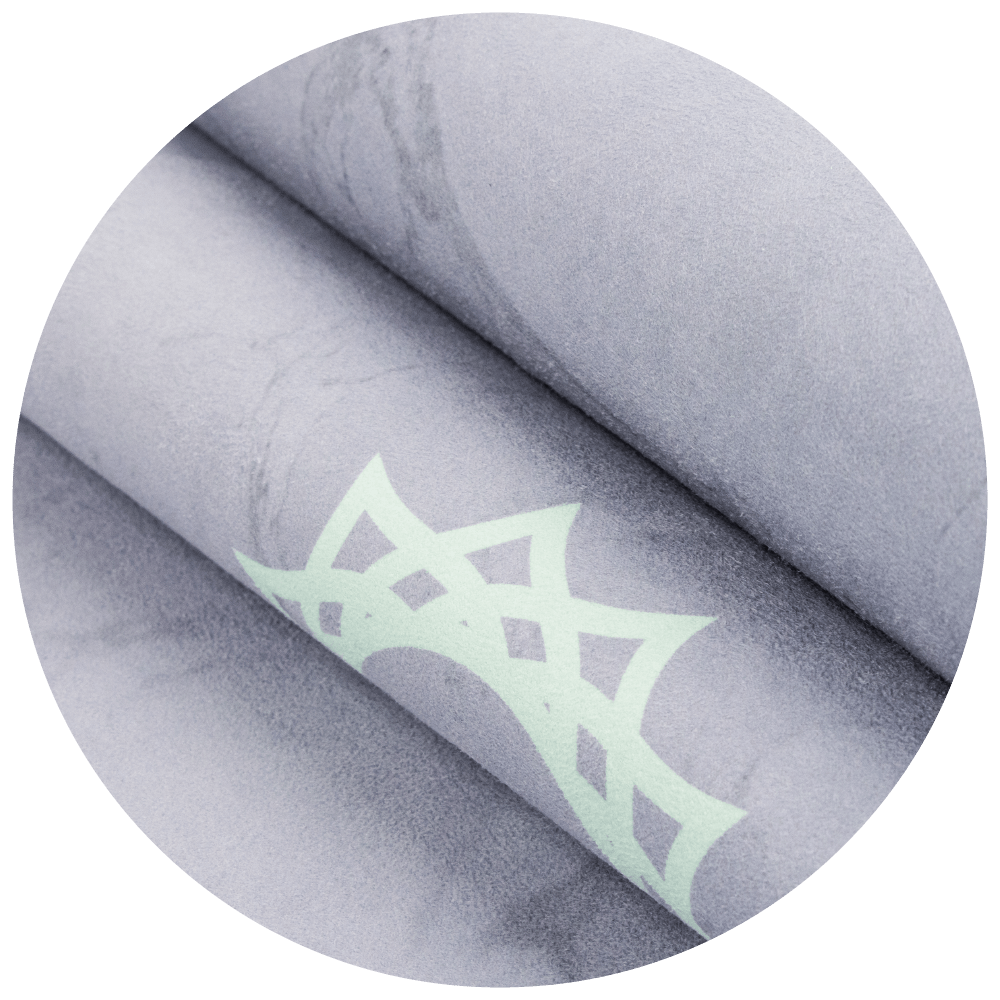
Microfibre
Microfibre is a soft, suede-like fabric which is ultra absorbent, exceptionally durable and incredibly quick drying to give you great traction even during your sweatiest practices.
-
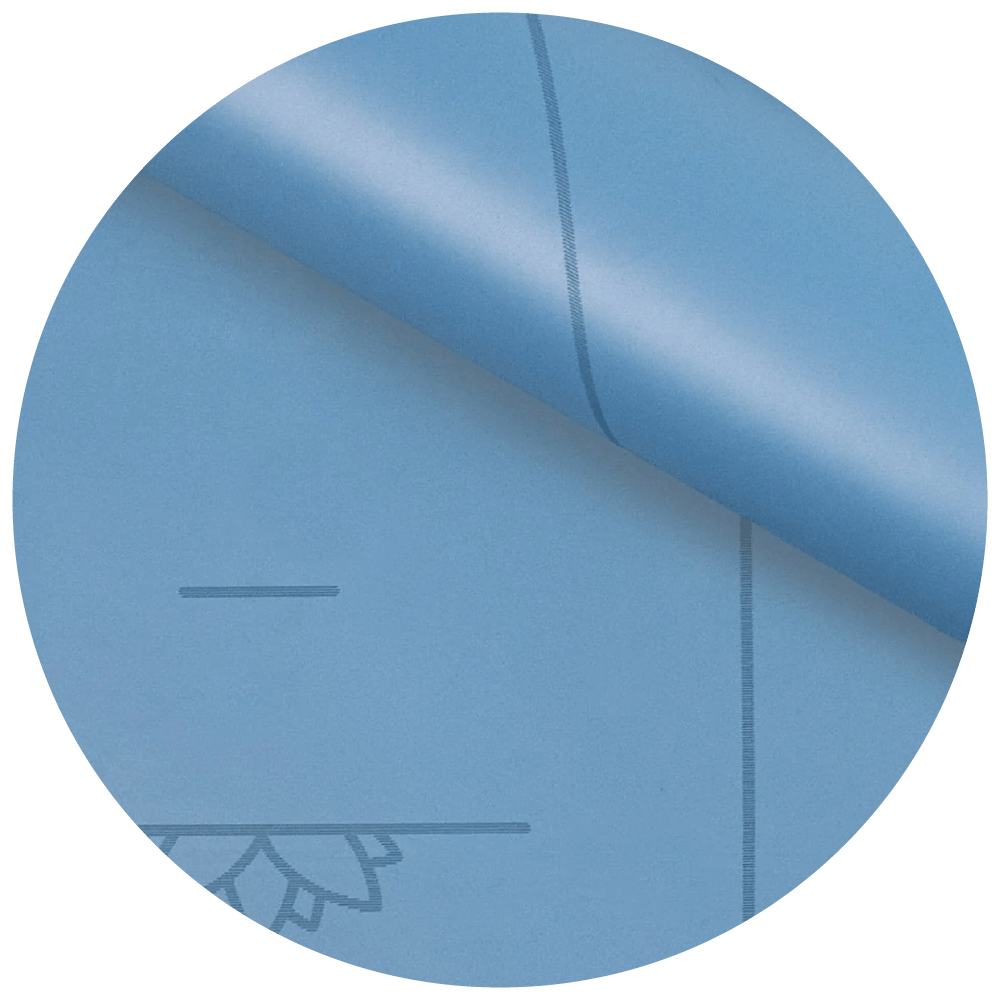
PU (Polyurethane)
PU is known for its superior property of anti-slip, breathability and water-absorbing even if there is sweat and water during exercise.
-
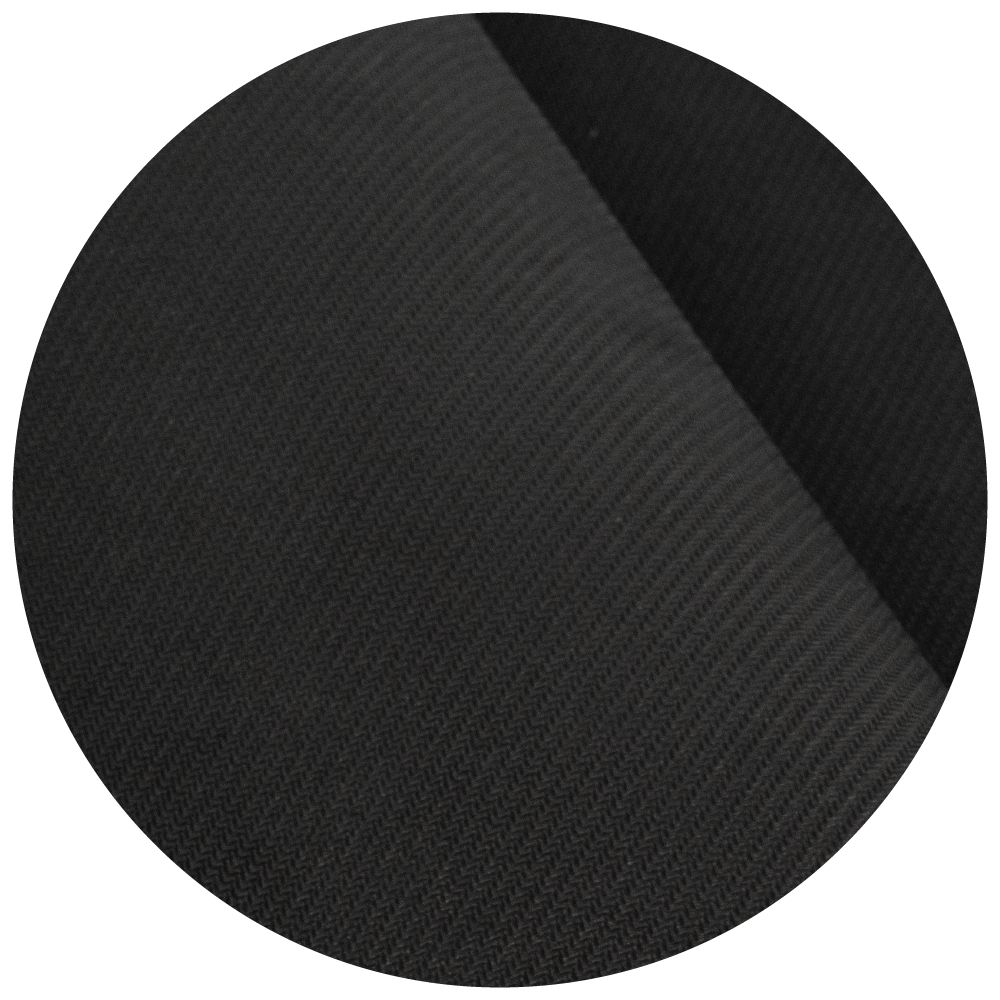
Rubber
Rubber is highly durable, means you won’t need to replace your mat as often. Thick rubber provides great cushioning for your joints and due to the heaviness a more stable and secure base for your practice.
-
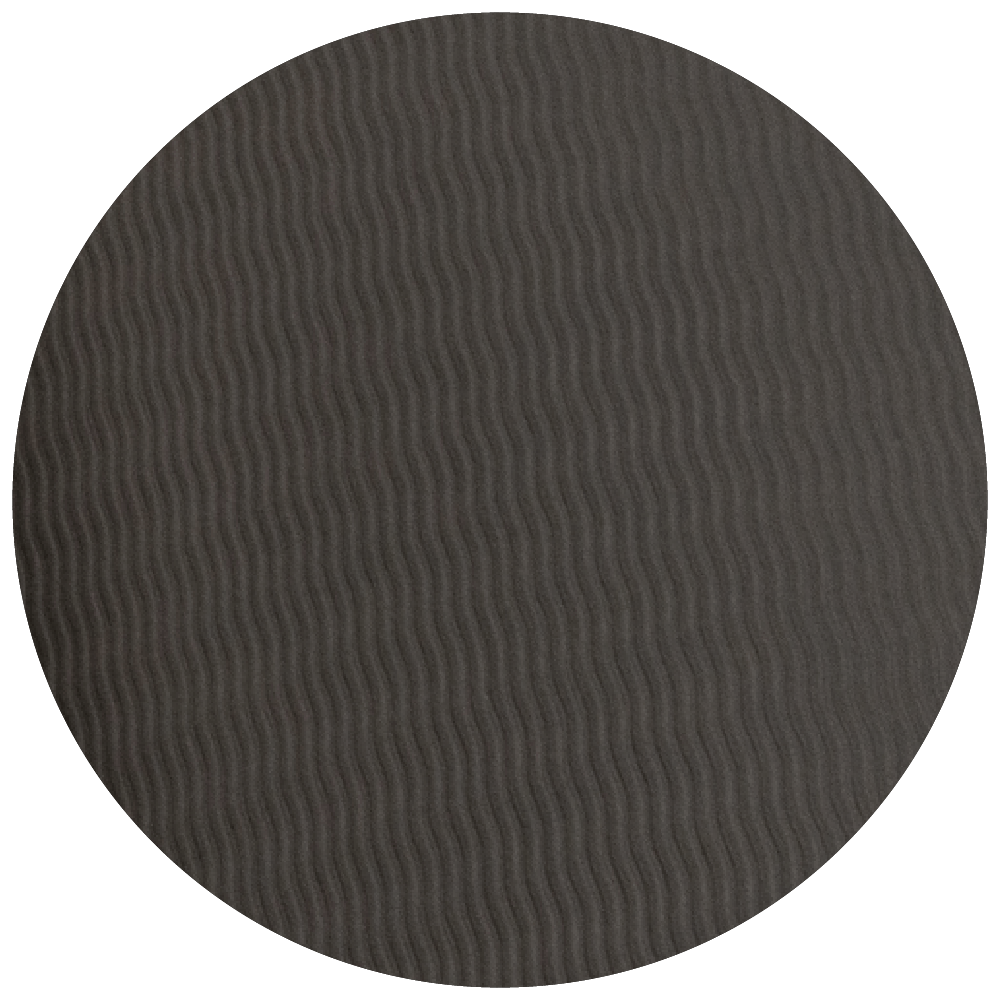
TPE
TPE is 100% recyclable, comfortable, insulating, extremely durable and tear resistant. A TPE yoga mat can be stretched and pulled as hard as you can(due to the elastic properties of TPE) and they won’t rear or loose their shape at all. The best part about TPE yoga mat is how light they are.
-
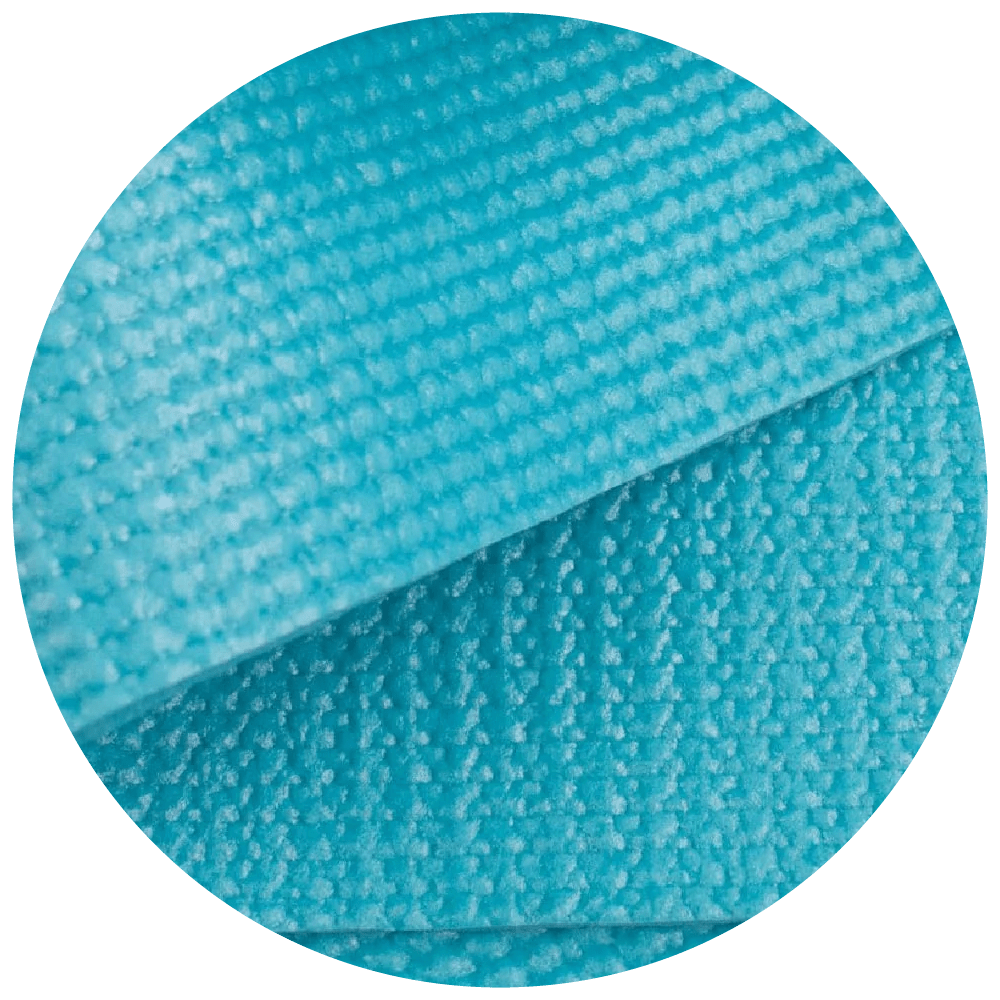
PVC and HDPVC
Tough, durable, latex free and lightweight.
Size
The mat should be long and wide enough to accommodate full-body stretches with plenty of space for the feet, arms, shoulders and head.
In general a yoga mat should be at least 15cm longer than your height for optimum comfort. This extra length is advised to prevent from slipping off the mat during the practice. With the right size, you can also practice deeper relaxation and Savasana without the distraction of a cold studio floor
REMEMBER! - Extra Large Yoga mats are great for tall people and everyone who prefers more space on and off the mat. Standard Yoga mats are easier to roll up, store and transport.
Thickness
The preferred thickness that you should consider when buying a yoga mat is more a matter of personal preference.
Very thin yoga mats can be rolled up quickly and are easy to carry, especially when you walk, bike or take public transport to your yoga studio. Balancing on a thin yoga mat like 3mm is less demanding than on a 5mm thick yoga mat.
However, if you have sensitive knees, hips, ankles or wrists, a thicker yoga mat might be the better option for you. Thicker yoga mats are usually a little softer and absorb the pressure better. A thick Myga yoga mat could be also used for Pilates or other body workouts.
Again, it is up to you to find your individual compromise. What best meets your needs and is best suited to your personal yoga practice.
REMEMBER! - Thick yoga mat gives you more padding and support. Thin yoga mat gives you more stability and connection to the ground.
Weight
Myga’s yoga mats range from just under 1kg to 5,72kg. The factors that determine this are the thickness, the size and the material of the yoga mat.
Yoga mats on the lighter end of the spectrum make it easier to carry and transport. On the other hand, heavier mats can add more stability, cushioning and grip during your practice.
Open Or Closed-Cell?
Generally yoga mats fall into one of these 2 categories - open or closed cell. The difference between open and closed-cell yoga mats is the amount of air in the material.
Open-Cell
The material with an open-cell structure has more air which provides cushion and allows the mat to absorb water/sweat into the mat like a sponge to stay grippy.
-
Pros
- Absorbs moisture better.
- Doesn’t become slippy when wet.
- Great for a very sweaty practice, Hot Yoga, and Bikram Yoga.
- More cushion.
-
Cons
- Can absorb adore and bacteria more easily.
- A bit harder to clean.
Closed-Cell
A closed-cell structure repels water/sweat not allowing it to seep into the core of the mat. The mat can get slippery when wet but is much firmer.
-
Pros
- More hygienic - does not absorb odours and bacteria as easily.
- Easier to clean.
- On average more durable.
- Firmer.
-
Cons
- Can become slippy if you have sweaty hands.
- Less cushion.
Durability
The lifespan of a yoga mat is highly dependant on a few factors such as:
- Material
- Yoga Style
- Frequency of the practice
- Intensity of your practice
- The care of your mat
- The environment you practice Yoga in
- Frequency of travel with your mat
Travel Friendly
A travel yoga mat should be not too heavy in the first place, compact and easy to roll up. It depends on your personal preference what your travel mat should weight. If you practice yoga while travelling, you must be aware that with a lighter mat comes less padding for the bones and joints.
Click Here to check out our range of yoga mat bags for Yogis on-the-go!
Slip Resistance
With the right yoga mat you will experience slip-resistant stability during your practice. Different types of mats offer varying levels of grip depending their material and cell structure - an open cell surface absorbs sweat for better grip, while a closed cell surface offers less slip resistance.
For styles such as Yin, Restorative or Kundalini Yoga, slip resistance is not a major concern so you have a wider spectrum of yoga mats to choose from.
If you sweat a lot or you practice Hot Yoga, a mat with an open cell surface is essential for optimal grip.
Comfort & Support
The style of your yoga mat contributes to your sense of comfort and support.
Thinner mats can help increase stability for styles of yoga with more active, balanced, and focused poses. On the other hand, thicker yoga mats will provide more cushioning to protect your joints.
Your personal yoga style but also what your body needs, is decisive for the choice of your yoga mat!







